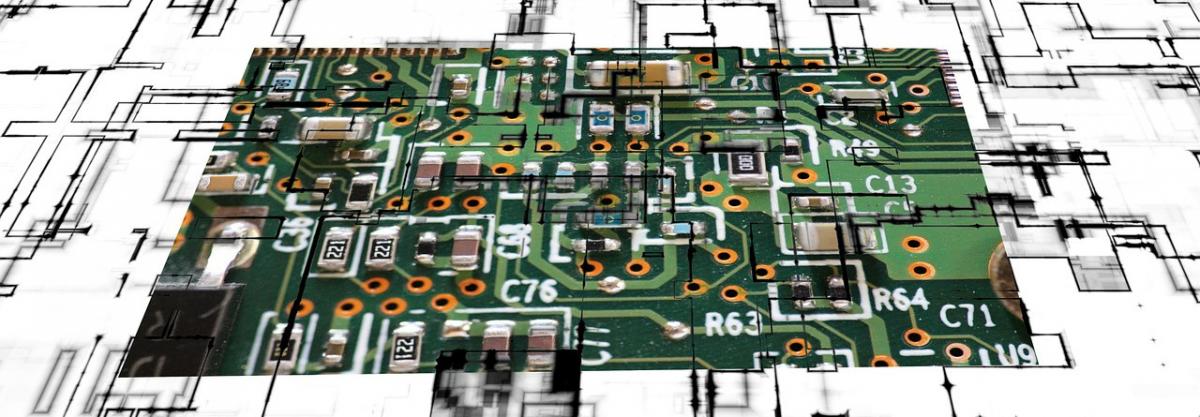
What is the Significance of Tiny PCBs?

It’s a common refrain that our electronics are always getting smaller. While there may be some up-and-down fluctuation between one phone release and the next, the broader trend is clear: From speakers, to laptops, to home appliances, we can pack a lot more power into a lot less space these days.
This trend leads to some near-fantastical speculation about where tech can go from here. For instance, Quartz posted about limits in processing power back in 2017, and speculated that light could be built into processing chips as a substitute for what we’d now think of as conventional electricity. This would in theory allow for exceedingly small processors — and it may well be possible! But even in the meantime, without an unusual solution like that, we’re starting to see highly capable, very small electronics playing a bigger role in our world. These electronics are being brought about largely thanks to advanced printed circuit boards.
PCBs are the boards on which electrical connections are laid out, and to some extent they can limit how small an electronic device can be. The larger the board, the less flexibility there is in device design. And in the past it was at least partially true that the more complex the device, the larger the board needed to be. Today, however, PCB design can be approached in different, creative ways that more effectively maximize space. Altium discusses PCB board thickness with respect to these different designs, and reveals that there are numerous ways to structure a board such that it packs more power into a tighter (or more flexible) space. High-density, multi-layer boards can take up less total space than larger PCBs, and rigid-flex designs can actually bend and roll up to be squeezed into smaller compartments.
The benefit of these kinds of circuit boards, as we’ve conveyed, is that they make it easier to pack high-tech functionality into smaller and smaller machines. Already, there are some pretty exciting examples of the kinds of devices this can produce:
-
Mini Computers - We asked “How Small Are Computers Getting?” in a piece back in 2018, and pointed out some almost absurdly small computing devices that had emerged. These may well become cheap, portable alternatives to much larger devices, and they wouldn’t be possible without tiny chips and processors.
-
Healthcare Implants - Another exciting development that comes to mind when we think about tiny but highly capable electronic devices is that emergence of healthcare-related implants. We’re now seeing medical tools designed that can actually be surgically implanted in patients in order to monitor any number of health conditions. From protecting patients with existing conditions to potentially detecting problems early on, these implants appear to have massive potential to keep people safe and healthy.
-
IoT Devices - You’ve heard about the expanding Internet of Things, but you may not have considered the innumerable tiny sensors that will be required to take it to new heights. ReadWrite explains the nature of IoT sensors fairly well through a specific example, conveying that these miniature devices can measure external conditions (such as temperature, vibration, etc.), keep tabs on time, and run for years on tiny batteries. They are essentially complex recording devices that also need to be able to maintain wireless connections in order to share data. And as with the other examples here, they wouldn’t be possible without tiny PCBs.
There are certainly many more examples beyond these as well. Hopefully these have conveyed the point though. Small, high-tech PCBs are starting to change what’s possible for a range of electronic devices in the modern world.
